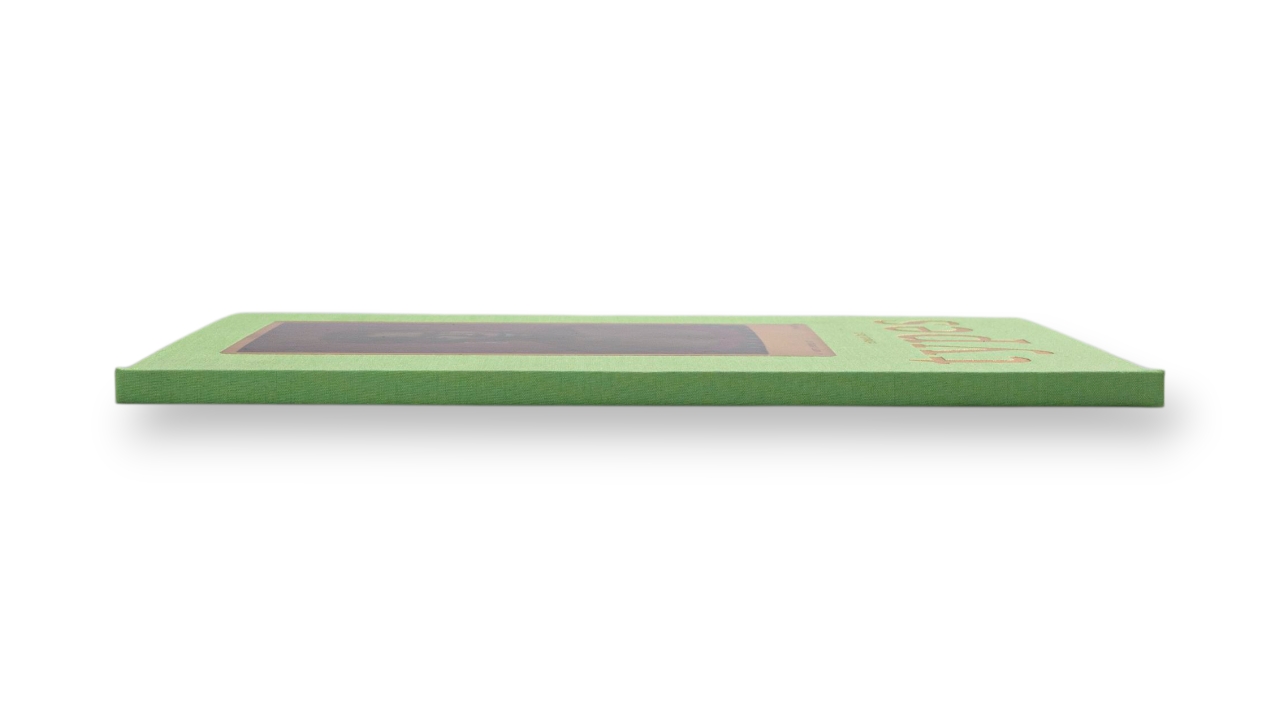







From death masks in the Middle Ages to painting in the 19th century and photography in the 21st century, portraits have constituted both an intimate space and a space of appearance under social control. Portraits turn the face, a part of the body, into an object of individual and collective evaluation. They seek the composition and unveiling of the other, which is a form of controlling the gaze. According to philosopher Roberto Gambini, author of "The Indigenous Mirror," the native Brazilian man "was a mirror in which the Jesuits saw the ugly side of their own faces. They decided then to break the mirror." This is where Brazilian portraiture vibrates: to resemble or want to resemble someone else. With great effort, recorded in photographic images in the country, in hidden studios, portraits were painted by dedicated artists invested in whitening mulattos, criollos, and mixed-race individuals from diverse nations, migrations, and immigration processes that compose the country's population. Through these portraits, one of the paradoxes of the formation of the modern Brazilian becomes visible. On one hand, there is an invitation to confession and the expression of emotions. On the other hand, there is confinement due to repression, control of appearances, and the annihilation of emotions. Author: Fernando Banzi

